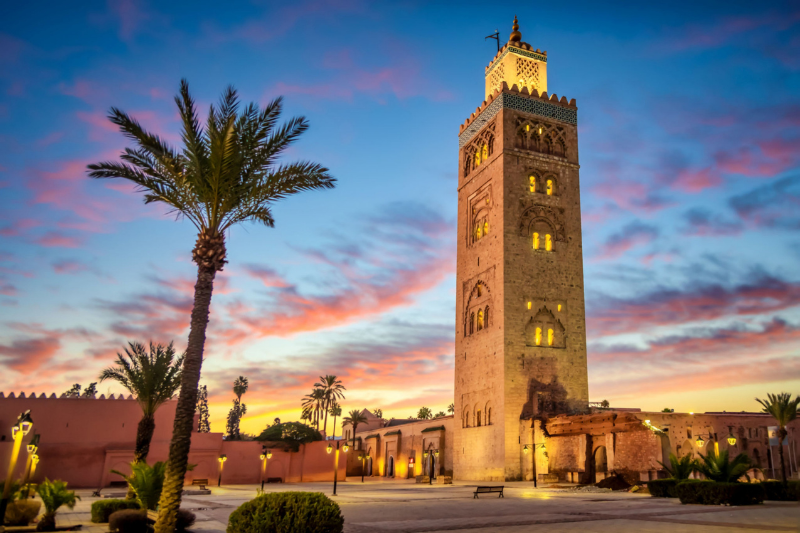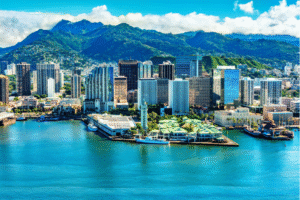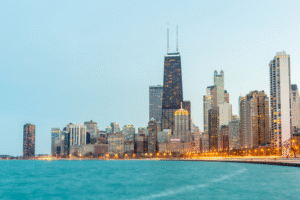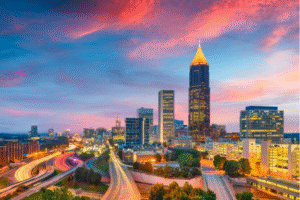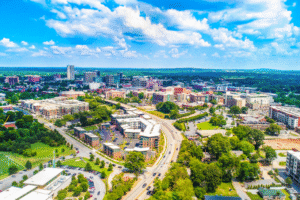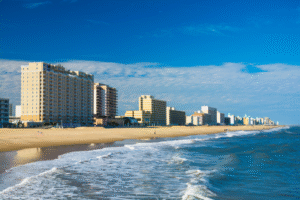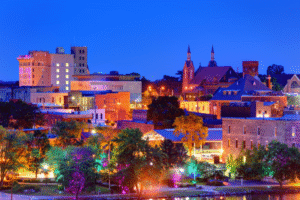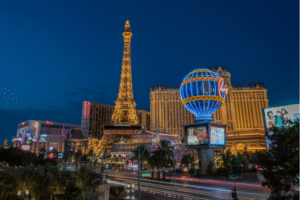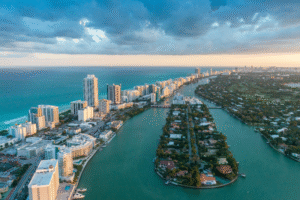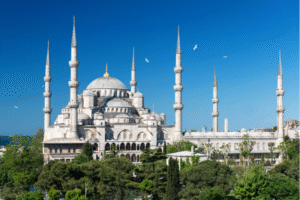Marrakech is not a city you merely visit—it’s one you feel. The moment you step into the medina, the senses are set ablaze: colors swirl, drums echo, spices fill the air, and the labyrinthine alleyways twist in every direction like a living maze. Known as the Red City, Marrakech blends Berber roots, Islamic tradition, French colonial charm, and modern Moroccan artistry into one unforgettable tapestry.
This is a city of contrasts—chaotic and serene, old and new, spiritual and sensual. Let’s lose ourselves in its heartbeat and discover what makes Marrakech a city like no other.
Day 1: The Medina – Where the Past Never Sleeps
Start your Moroccan journey in the heart of the old city: the medina.
Morning: Djemaa el-Fna – The Living Square
Begin at Djemaa el-Fna, Marrakech’s legendary main square. In the morning, it’s a bit calmer—orange juice vendors press fresh fruit beneath striped awnings, while herbalists and henna artists set up their stalls.
Don’t miss the view from a rooftop café like Café de France or Le Grand Balcon. With a cup of Moroccan mint tea (strong and sweet, always with fresh leaves), watch as the square awakens, preparing for the day’s drama.
Late Morning: Koutoubia Mosque
From the square, you can see the Koutoubia Mosque—the largest in Marrakech. While non-Muslims cannot enter, the towering 12th-century minaret is a stunning example of Almohad architecture and serves as a compass point throughout the medina.
Lunch: Traditional Tagine
For your first real Moroccan meal, try tagine—a slow-cooked stew named after the conical clay pot it’s cooked in. Head to Café des Épices or Nomad, where the food is local and the view is fantastic. Try lamb with prunes or chicken with preserved lemon and olives.
Afternoon: Souks and Sensory Overload
Now, plunge into the souks—a swirling network of market lanes that splinter off from Djemaa el-Fna. There’s a rhythm to the madness:
- Souk Semmarine: For leather goods and jewelry.
- Souk Haddadine: For blacksmiths and metal lanterns.
- Souk Chouari: For woodwork and furniture.
Don’t hesitate to haggle—it’s part of the experience. Do it respectfully, and always with a smile.
Pro tip: If you get lost (and you will), don’t panic. Locals may offer to guide you—for a small tip—or you can politely say “La shukran” (No, thank you) and retrace your steps.
Evening: Djemaa el-Fna Comes Alive
By dusk, Djemaa el-Fna transforms into a theatrical spectacle: snake charmers, acrobats, storytellers, musicians, and food stalls fill the square. Smoke rises from grills as vendors cook brochettes, harira soup, and snail soup (yes, really).
Pull up a plastic stool at Stall #32, grab some grilled merguez sausages or fried fish, and soak in the magic.
Day 2: Palaces, Gardens, and Quiet Corners
Day two offers a deeper look at the city’s beauty and history.
Morning: Bahia Palace and El Badi Palace
Start with a walk to Bahia Palace, a 19th-century marvel of tilework, carved wood, and open courtyards. It’s a place of elegance and light—designed to impress, and still succeeding over a century later.
Then walk to the nearby ruins of El Badi Palace, once the “Incomparable Palace” of Sultan Ahmad al-Mansur. Though stripped of its finery by later dynasties, its vast sunken gardens and stork-topped ramparts still echo with grandeur.
Late Morning: Mellah and Jewish Quarter
Explore the Mellah, the historic Jewish quarter. Visit the Lazama Synagogue, still active today, and stroll through the adjacent Jewish cemetery, a serene, whitewashed space full of quiet dignity. This neighborhood tells a lesser-known but vital part of Marrakech’s diverse cultural story.
Lunch: Dar Yacout or Al Fassia
For a more refined meal, try Dar Yacout, a legendary riad-style restaurant hidden behind an unmarked door. Or visit Al Fassia, a women-run restaurant known for exceptional couscous and lamb dishes. Either option provides not just food—but a cultural immersion.
Afternoon: Jardin Majorelle and the New City
Hop in a taxi to Gueliz, the modern French-influenced district of Marrakech.
Your first stop: Jardin Majorelle. Created by French painter Jacques Majorelle and later restored by Yves Saint Laurent, this garden is an oasis of cobalt-blue pavilions, towering bamboo, cacti, and tranquil fountains. Don’t rush—this is a place to stroll, breathe, and admire.
Adjacent to the garden is the Yves Saint Laurent Museum, a celebration of the designer’s connection to Morocco. Fashion lovers will be in awe.
Late Afternoon: Café Culture
Enjoy coffee and cake at Bacha Coffee, housed in a gorgeous historic palace. The interior, all marble and stained glass, is a work of art in itself. Choose from an extensive menu of global brews and watch the elegant local crowd go by.
Evening: Hammam and Riad Life
After two days in the medina, it’s time to unwind with a traditional hammam experience. Choose a luxurious spa like Les Bains de Marrakech or Hammam de la Rose, where you’ll be steamed, scrubbed, and massaged into bliss.
Afterward, retreat to your riad—a traditional Moroccan guesthouse. If you haven’t stayed in one yet, do it. These hidden gems often feature stunning courtyards, tiled walls, and rooftop terraces.
Have a simple rooftop dinner of briouats (savory pastries) and salad under the stars while the call to prayer echoes across the rooftops.
Day 3: Beyond the City Walls
Use your last day for a bit of adventure—or deeper escape.
Option 1: Day Trip to the Atlas Mountains
Hire a driver or join a tour to the Atlas Mountains—just 1.5 hours away. Visit Imlil or Ourika Valley, where Berber villages cling to hillsides and snow-capped peaks rise in the distance.
Enjoy a home-cooked meal with a Berber family or hike a trail to a waterfall. The contrast to Marrakech’s frenzy is stark—and deeply refreshing.
Option 2: Camel Ride in the Palmeraie
Closer to town, take a short trip to the Palmeraie, a palm-dotted oasis where you can ride camels or ATVs through the desert landscape. It’s touristy, yes, but undeniably fun.
Tips for Marrakech Travelers
- Dress modestly. Morocco is conservative, especially in the medina.
- Always carry small cash (dirhams) for tips, markets, and taxis.
- Bargain respectfully in the souks—it’s expected, and can be fun!
- Stay hydrated, especially in warmer months.
- Don’t be afraid to get lost—sometimes that’s where the magic hides.
Final Thoughts: Marrakech Stays With You
Marrakech is not a place you figure out. It’s a place you surrender to. One moment, it’s overwhelming, and the next, it’s overwhelmingly beautiful. You’ll hear five daily calls to prayer, see a thousand shades of red and ochre, and smell rose water and cumin in the same breath.
You may leave the city, but the city won’t leave you. It lingers—in your clothes, in your stories, and in the strange, delicious urge to return.

